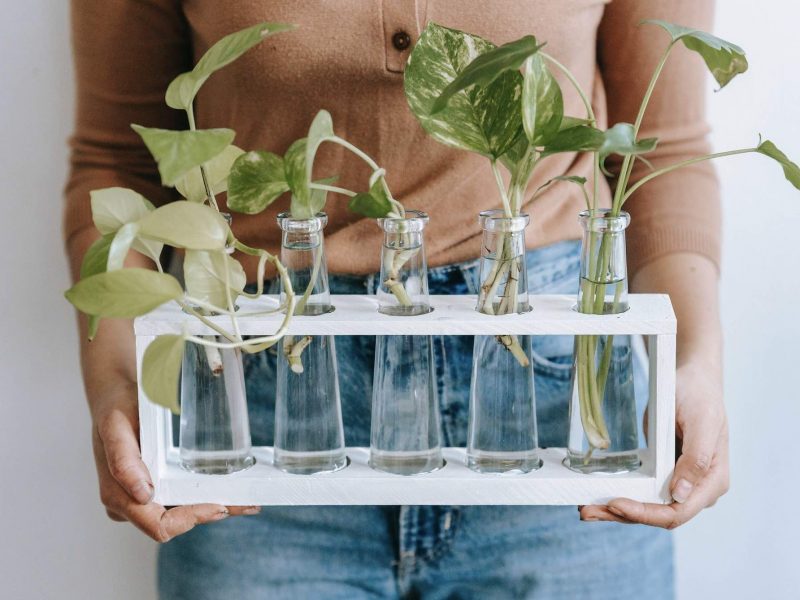
Fluoride and houseplants is something that gets knocked around quite a lot when talking about issues and sensitivities. But you might be wondering what even is fluoride and how does it actually impact my plant’s health?
Well, wonder no more as we have written this brief guide on how fluoride sensitivity and toxicity can affect your beloved houseplants.
But what even is fluoride?
Before we get into it, let’s go over what fluoride actually is. Fluoride is a natural mineral that is added to tap water to prevent tooth decay in humans. It’s found in very small quantities so it largely goes unnoticed.
Is fluoride damaging to houseplants?
Yes and no. The impact of fluoride on the health of houseplants is a tricky one as many plant types are not impacted by it at all, whilst it can cause some issues for other plant types. Most commonly it can cause brown leaf tips on houseplants but this can also be caused by other factors such as intense heat or a lack of humidity, so it can be a difficult problem to properly diagnose.
If the problem of fluoride toxicity has had time to develop into a real problem, it can cause leaf necrosis. Whilst this starts off as brown leaf tips it can start to lead to yellow scorched patches across the leaf edges, spreading inwards. It can begin to prevent maximum photosynthesis and other important processes.
It’s also worth noting that once the leaf tips have turned brown or yellow, that this is unfortunately irreversible. You can choose to either trim away the dead leaf tips, remove the entire leaf or leave the plant as it is. If only a small part of the leaf tip is brown then we tend to recommend leaving the leaf as removal would just be for aesthetic reasons.
Plant varieties that have long narrow leaves, such as yuccas, palms or Spider plants are often sensitive to fluoride. But it can also impact plants that have very thin leaves such as Calatheas for example. Houseplants with sturdier leaves don’t tend to be affected by the fluoride in your tap water as the levels are just so low.
How can I spot fluoride toxicity on my houseplants?
There are two main visible symptoms of fluoride sensitivity; brown leaf tips / edges and a mineral build up on top of the soil. The latter shows up as white build up on top of the soil and around the root system.
How do I prevent fluoride sensitivity?
There are a whole range of methods that you can use to lower the level of fluoride in the water you give your plants. They range in terms of ease but also affordability. The easiest way to prevent fluoride in the water is to collect rainwater to give to your plants. Bottled or distilled water is also a great way to prevent brown leaf tips caused by a build-up of excess minerals.
We also recommend avoiding superphosphate fertilisers as these contain high levels of fluoride that can very quickly cause your foliage to burn.
Another top tip if you aren’t able to constantly use rainwater or distilled water is to flush the soil with it every few months. This should help to get rid of some of that excess build-up in the soil and prevent it from causing brown leaf tips.
We hope that this guide to fluoride and houseplants has been helpful and has allowed you to figure out how it can impact some of your plants’ health. Remember that fluoride sensitivity won’t usually kill your plants, but it can just cause some unattractive symptoms.
So whilst you want to avoid it as much as possible, the worry shouldn’t keep you up at night. With some houseplants, such as Spider Plants, some brown leaf tips are almost normal and even the most experienced plant parents can’t always keep them at bay!














